Showing top 0 results 0 results found
Showing top 0 results 0 results found

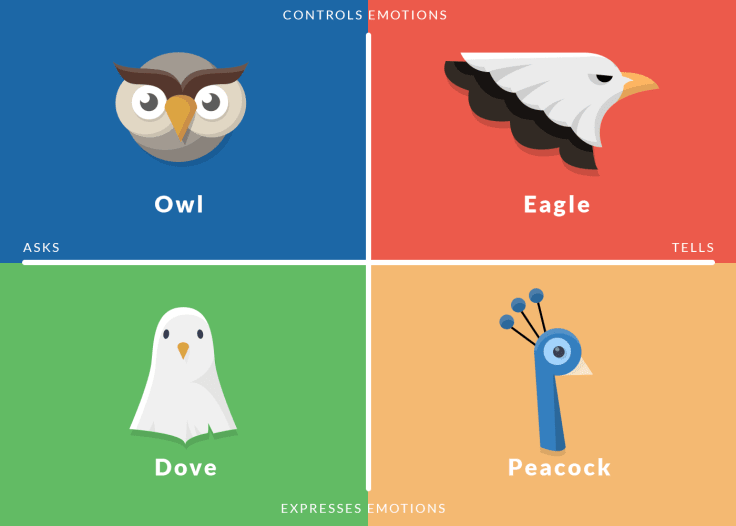
Customers vary in the way they approach us, talk to us (or don't talk to us) and make decisions. Just as we differ in the way we deliver service to them. Most of the variety comes from different social styles we all use in contact with the outside world.
What is a social style, anyway?
The social style is our public "I", that we use to interact with people. Our social style is our best, most comfortable and easiest way of dealing with others. It's like our favorite clothes we put on in the morning while getting ready to go through the day.
Our social style is developed when we are babies and toddlers. At that time, some of our behaviors are reinforced while others are repressed. This way, we learn that some behaviors are more likable than others. Here’s the tricky part: other people, on their journey to adulthood, get different messages about their behavior and develop different styles of communication.
When we grow up, we meet with a variety of behavior expressed by other people, feeling “likes” and “dislikes” towards each other due to our own social style.
The key to understanding each other better is to understand ourselves first. As you go on reading, try to place yourself in one of these styles. Then take a look at how you can approach customers who differ from you.
4 social styles in bird’s disguise
I'll describe our personal styles using a model developed by two psychologists – Reid and Merrill. The model is over 30 years old, but it's still applicable.
Reid and Merrill introduced four styles: Driver, Expressive, Amiable, Analyst. Although these styles are pretty descriptive, for me bird (yes bird!) representations would be more imaginative. I call them Eagle, Peacock, Dove and Owl.
The styles are defined by two dimensions: assertiveness that is, how likely they are to force or direct others and responsiveness how likely they are to express their emotions.
When these two dimensions are combined, four social styles emerge. Once you learn them, it would be easier for you to have a positive communication with them.
The Eagle
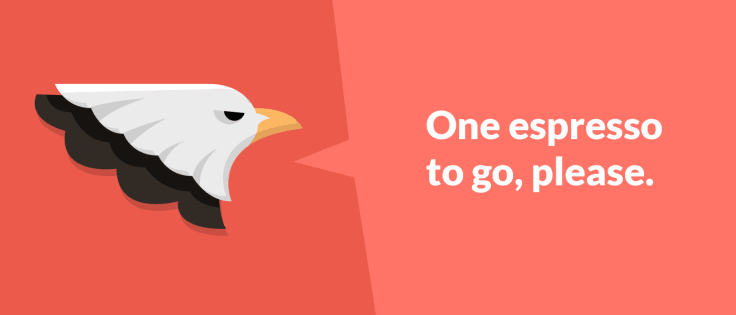
Confident and dominating. They tell you straight away what they want. They love having control over the situation. The Eagle is a hunter. He or she is mostly driven by a great need to achieve. Challenges make them alive. Power makes them feel secure. They are quick in decision making. In times of trouble, those types tend to be autocratic, enforcing absolute power.
When dealing with Eagles, forget small talk and get to the point. Lay out the facts. Be brief. Give them two or three choices with precise, short reasons for buying. Remember that they have a strong hunting instinct and shopping is like hunting for them, too. Let them feel their power by leaving the decision completely up to them.
The Peacock
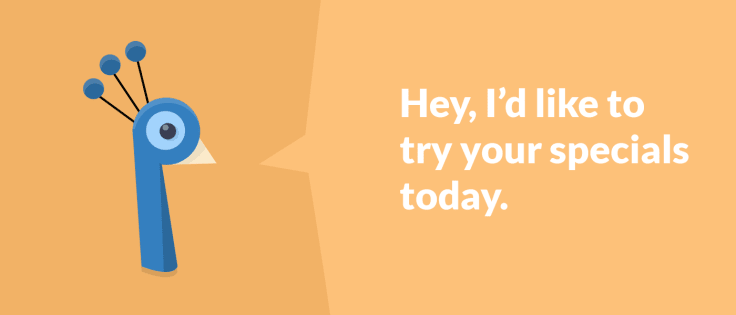
Expressive fun lovers. Think of the way peacocks show off their colorful plumage and all eyes are right on them. Same thing happens with this social style. They make grand entrances and enjoy being in the spotlight. You can't miss them. They need to be around people. They easily get bored and need constant stimulation. Under a lot of stress, they tend to be offensive or sarcastic.
Peacocks respond to the following words: amazing, beautiful, awesome, fun. And that is what they are looking for in a shopping experience. It is a social event for them. They will eagerly start a conversation with you. But don't give them too many details. Remember they get bored easily. Show them the big picture instead and try to come up with something that will light their eyes up and make them say “Wow, I’m buying this!”
The Dove
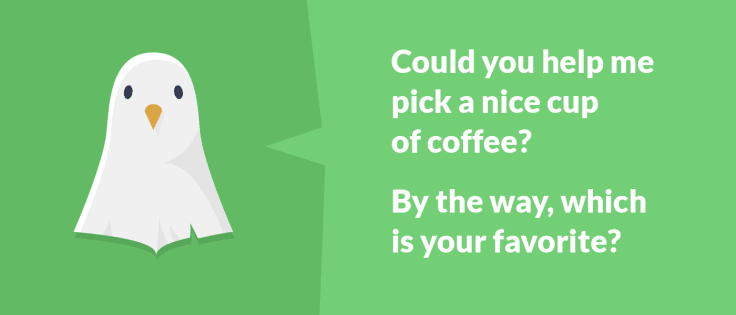
Calm and caring. Those types avoid conflicts, fights and arguments at all costs. A dove carrying an olive branch in its beak has been a representation of peace since the beginning of Christianity. People with this dominant type of social style are peace lovers. They tend to be cautious rather than impulsive. They avoid risk-taking and prefer sticking to methods that have been successfully tested by other people. They are followers who feel comfortable with being told what to do. When stressed out, they submit.
With Doves, you need plenty of time for conversation and establishing a personal relationship. Don't rush them. They need time to feel safe and secure to make decisions. You may be surprised to notice that the decision may come not only from Doves but also from their close ones. Doves usually include others in their decision-making. Let them make a quick call to a friend, ask a loved one for second opinion or simply give your point of view on the choice he or she is making. Remember that they are not risk-takers, so avoid pointing to "brand new features", and rather go with the "loved by other customers" assurance.
The Owl
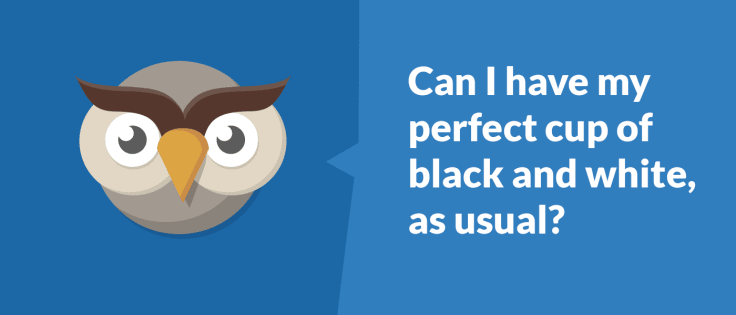
Precise and quiet. An owl is in its nature a solitary bird, perceived as a symbol of wisdom. People of this type just love independence. They are not much of talkers, usually being lost in their thoughts. They are constantly analyzing things, conversations, and situations without even noticing it. All the facts they gather are carefully placed into structures so that an owl can keep its life organized. They are perfectionists saying “Do it right or not at all.” When they are stressed out, they pull back immediately.
Owls are cautious when making decisions, so don't rush them to make one. Keep them informed about the pros and cons of the deal. Focus on product details and proven examples of usage. Give them facts and figures. Do not make a statement unless you can back it up with relevant information. And don't be surprised when an owl comes to you knowing actually more about the product you sell than you do. Owls are knowledge hunters. They usually do in depth comparative research before they even ask you the first question.
Tensions between styles
For most of us, styles that are closest to our own create the least discomfort and we have a good feeling about people with that behavior. You can usually strike a deal smoothly with clients closest to your style.
Styles that differ from our own create tension as they violate our comfort zones. We may feel uncomfortable around those people or even dislike them. Clients that differ the most from our own style would be the ones that we struggle with the most, usually ending up with unclosed sales.
Accept the differences
Reid and Merrill claim that our social style is hardly changeable. There is little we can do to turn from an owl into a peacock. And there's really no need to do that. We can stay as we are, and let others stay as they are. Simply, but not so easily, accepting each other’s differences.
As we get better at observing and letting ourselves and others be as they are, we can add new behavior to our usual habit patterns, stretching our comfort zones bit by bit. Get into the details with the owl, let the eagle spot the prey, chit-chat with a dove or look at pretty things with a peacock.
Get a glimpse into the future of business communication with digital natives.
Get the FREE report







Comments